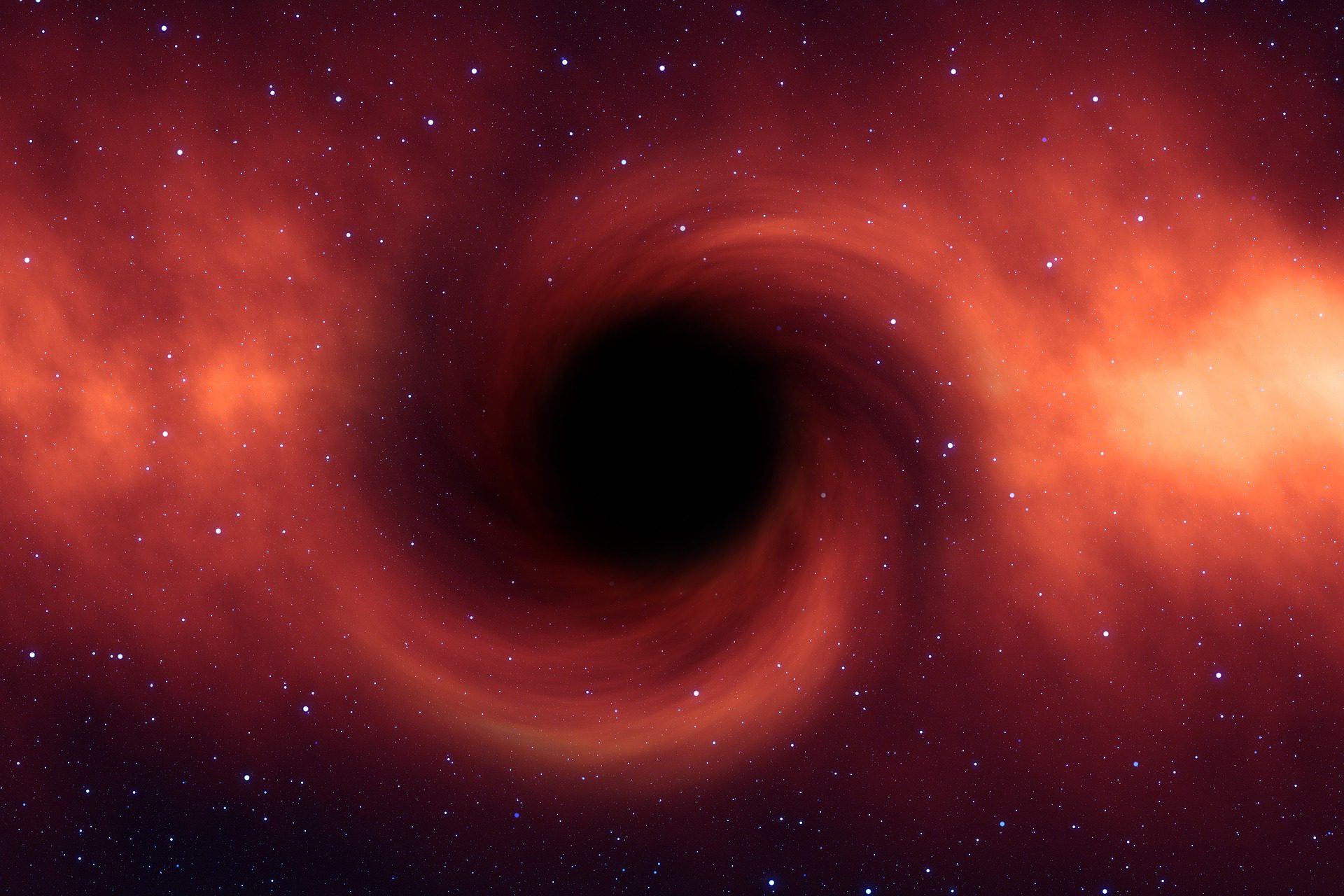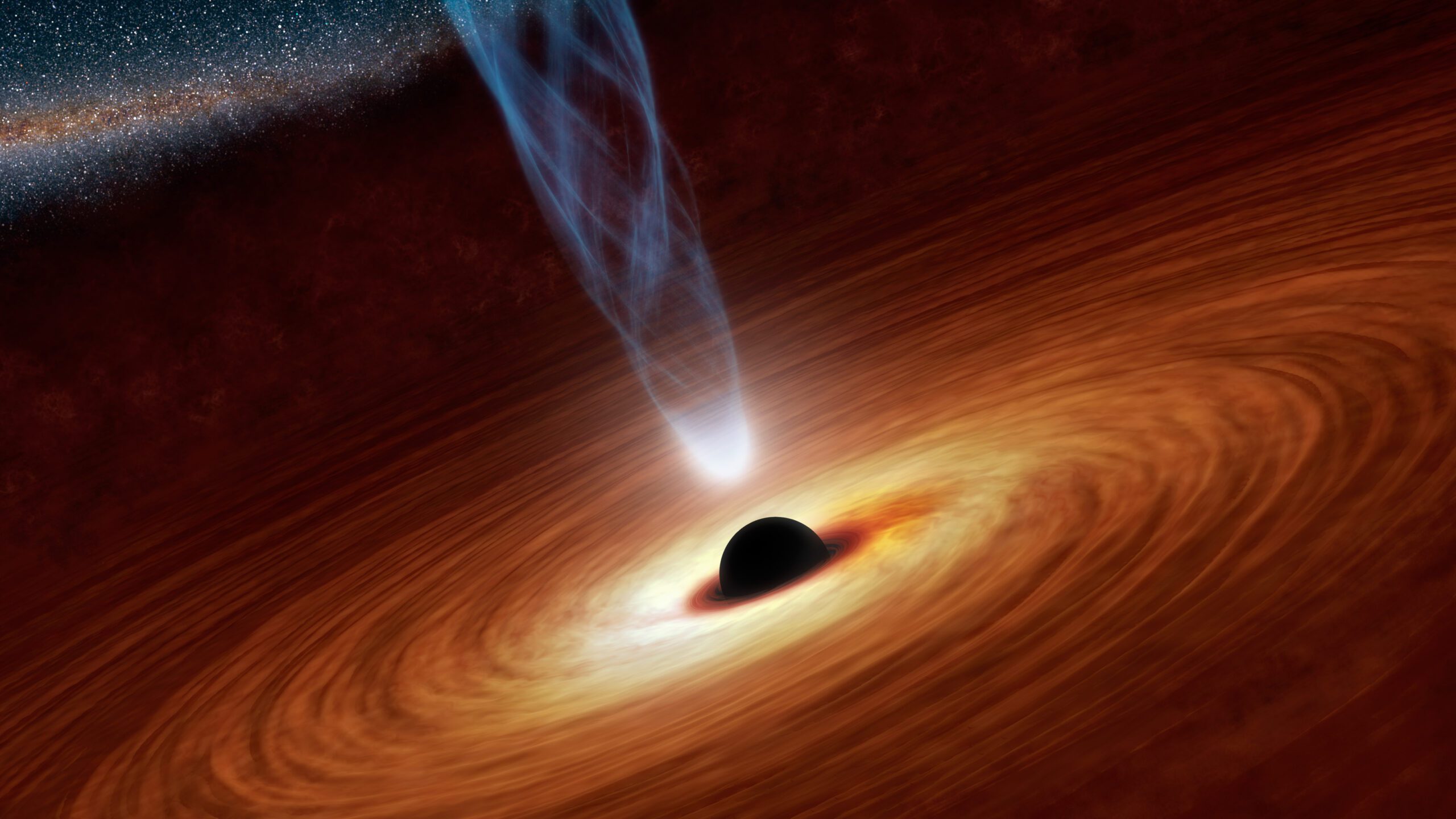The first question that arises in our mind is how the world came to understand black holes? It’s all about the discovery of three great astrophysicists i.e., Roger Penrose, Reinhard Genzel, and Andrea Ghez who made us understand the black holes. In the year 2020, these three have been honored with the Nobel prize for the black hole discovery.
Introduction

At the starting of October dated 6th October 2020, the Nobel Prize was announced for the great work of the three astrophysicists for their breathtaking discovery of black holes. Half of the prize was announced for the great mathematician Roger Penrose of the oxford university “for the discovery of the formation of black holes based on the general theory of relativity.” The second half was jointly announced to given for the great physics or astronautics work of Reinhard Genzel of the max plank institute for extraterrestrial physics in Germany and Andrea Ghez of the University of California, Los Angeles “ for the discovery of a supermassive object at the center of our galaxy.”
Through their discovery of black holes formation, this year is been a great year in the field of astronomy and astrophysics as well. It creates a great history of black hole formation. And help
Development of theories of black holes
In the year 1783, an English natural philosopher once mentioned the massive object present in our galaxy through which the light cannot escape. Then that in 1916, the seeds were sown for the concept of the black hole formation that was first published under the name of Albert Einstein’s Theory of Relativity.
Einstein’s theory of relativity explains the curvature of space-time as a result of gravity where the curve moves along the curve path which is completely equivalent to moving in a straight line when gravity is not found there. The theory was published as “the field equations of gravitation in 1915”.
Firstly, Einstein had also got no idea about the object if such type of object exists in the universe. But after his discovery almost about 50 years later. A great mathematician Roger Penrose on combined work with a great physicist and cosmologist Stephen hawking proved. That a thing that exists in nature is black holes. And it’s the black hole only who decides the ultimate destiny of stars which is an unavoidable collapse of the various stars. For the outstanding work of Roger Penrose and Stephen hawking combined, announced an award-winning performance for which Roger Penrose also received an honor.
John Wheeler, a great physicist, in 1967 also gave them a meaningful term to the black hole and he gave Einstein’s equation a new path:
“Space-time tells matter how to move; matter tells space-time how to curve.”
Observations of black holes
First of all, I must say about the observation of black holes by the astronomers. The astronomers find it much difficult to discover the first stellar-mass black hole-Cygnus X-1. In the middle of the 20th century, a rocket found out the illuminated and strongest rays that had been seen from the earth and indeed was declared it a black hole. It’s to be believed that a black hole is a mass some of about 14.8 times that of our sun and a radius of around 27 miles.
Black holes are very difficult to find because of its invisible or opaque nature through which light cannot escape. They only appear when they get strike by any material and then they got disappeared for decades to find. That’s why the discovery of the black holes in our Milky Way galaxy took time to understand by the world.
Supermassive black holes

At present astronomers believed that most of the galaxies have black holes in the centers. Supermassive black holes have masses that are quite equivalent to millions or billions to solar masses. And they lie in the center of the galaxy. The time that galaxy takes to form o do the supermassive black holes take. In today’s time, it is believed that over 100000 supermassive black holes are observed to date.
The two joint NobelPrize winner Andrea Ghez and ReinhardGenzel observed black holes. The one is observed at the center of our milky way galaxy is named to be Sagittarius A. This was seen by using the powerful telescope at keck observatory in Hawaii. And a very large telescope in Chile they observed an invisible object in the center of the galaxy and they termed as SO-2. This SO-2 star is very closer to our galaxy than any other observed star exists.
Conclusion
On 10th April 2019, the event horizon telescope has shown its first-ever image of the black hole. This first-ever seen black hole was named M87 which came before the world to understand the black holes. M87 was the first successful attempt to direct the image of the black hole. The image has shown a boundary of a ring that illuminates light at the boundary of the ring.
The whole observation came before the world in September 2020, when the event horizon telescope released more images of M87. These images proved very informative about the swirling of the ring. The images before us have shown the new way to understand the meaning of the physics of black holes. And their emergence. We still have observed much about the black holes present in our Milky Way galaxy. But we still add a great future for the understanding of the black holes. And hope the physics will bring much out of it. For us to understand better theories in physics and astronomy to understand black holes.



